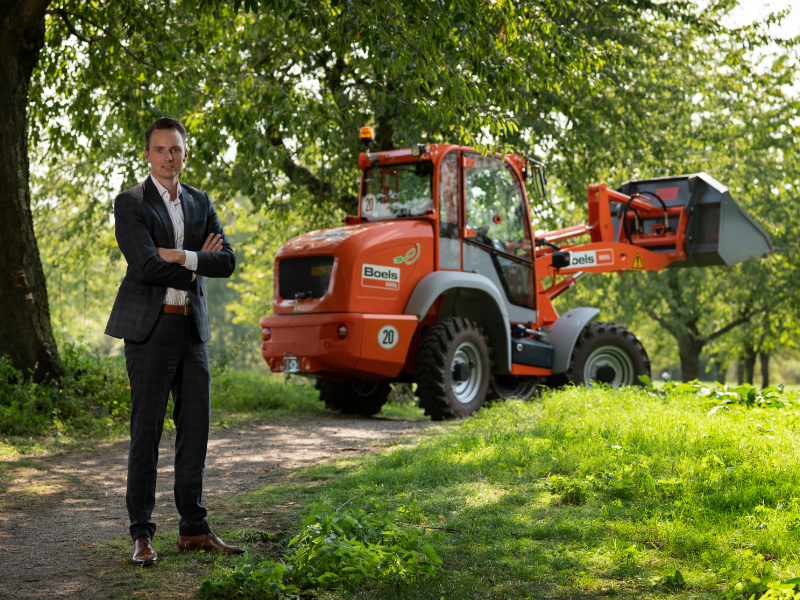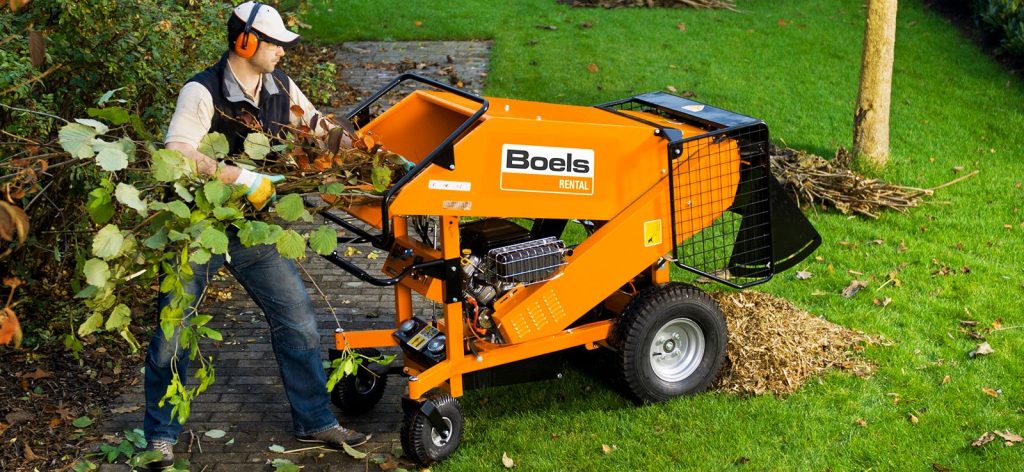Reading time: 6 minutes
Five ways of reducing the carbon footprint on construction sites!
CO2 emissions at construction sites can and must be reduced significantly, both now and in the future. There is no standing still when it comes to developing sustainable equipment. But there are many ways to start reducing emissions today thanks to a number of technologies. The question is: how do you keep equipment running on the construction site with the lowest possible emissions? We would like to share several steps that you can take on-site, from more easily feasible solutions to those that are super innovative.
1. Choose alternative fuel
Diesel is a massive polluter. Choose an alternative fuel for regular equipment to directly reduce emissions for these diesel machines. The use of GTL(Gas-To-Liquids) greatly reduces equipment emissions because this fuel is much cleaner than diesel. However, GTL is a fossil fuel, which means it is derived from natural gas. An even cleaner option is to use biofuel in regular equipment. HVO(Hydrotreated Vegetable Oils) is an example of this. To obtain this fuel, biomass is gasified and converted into liquid. Both combustion and the use of HVO produce limited emissions. Diesel can therefore be easily replaced by HVO to reduce the carbon footprint. Alternative fuels can be used directly with existing equipment to reduce emissions. The disadvantage is that these alternative fuels are (slightly) more expensive than diesel.
2. Hybrid equipment, the best of both worlds?
Use hybrid equipment instead of regular equipment to further reduce emissions at the construction site. At Boels, you will find a wide variety of hybrid equipment. This equipment has both a battery and a fuel motor. The peaks in energy demand are handled by the fuel motor, for example when a hybrid excavator needs to be moved. When the excavator reaches its destination, it continues to work on battery. All hybrid generators do basically the same thing. Depending on the required power, these units deliver electricity either from a battery or from the fuel motor. An even cleaner option for using a generator is installing a battery between the generator and the equipment. We are applying this at more and more construction sites to make a real contribution to reducing emissions. The battery between the generator and the equipment absorbs the required energy peaks. Thanks to this design, the unit runs at optimum speed and consumes up to 60% less fuel. When combined with an alternative fuel, emissions are greatly reduced with minimum effort.

3. Work with mains powered tools and equipment
Operating on mains electricity is truly zero emission and also has the lowest cost. For this sustainable solution, Boels offers a wide range of electric tools and equipment such as hand tools, compressors, boilers and demolition robots. Despite these great solutions for working without emissions, there are also some disadvantages and limitations to working with mains electricity. For mobile equipment, for example, it is not possible to be connected to the mains via a cable. In addition, large mains powered equipment is scarce or not (yet) available. Companies are applying retrofit solutions to be able to meet the demand for zero emission equipment. This includes replacing fuel motors in existing equipment with an electric motor and batteries. That is an expensive option, because you first have to buy regular equipment that then needs to be completely converted.
4. Use battery powered equipment
The development of battery powered equipment has taken off in recent years. As a pioneer in the field of zero emissions, Boels has the largest zero emission fleet. We already offer a zero emission alternative for a large part of our rental product range. Examples include plate compactors of 17kN to 4.3 tonne wheel loaders for earthmoving. Electric platforms up to 20 metres, forklifts from 1.6 tonnes to 5 tonnes and practically all the tools for gardening and landscaping. That means you will find more and more battery powered equipment in our range.
Using batteries optimises the performance of this equipment. This electric equipment is also very suitable for urban projects because they are completely zero emission and silent. For these same reasons, working with battery powered equipment in buildings, tunnels and narrow passages is also much safer and better for health. Batteries have improved dramatically in just a few years. They are energy efficient, meaning that very little energy is lost when charging. Just 4 years ago, equipment batteries, for example, had to be charged for 12 hours in order to work for just 3 hours. In the meantime, one battery on, for example, our latest electric wheel loaders will last you 6 to 8 hours. You can plug in the battery during your lunch break and it will work at full power for the whole afternoon.

5. The cleanest option: hydrogen electric
Hydrogen is the future. But development is still in full swing. Hydrogen powered equipment is completely zero emission. Hydrogen electric is actually operated in the same way as battery electric, the only difference is in the energy storage. At present, hydrogen is not yet energy efficient, which means that a lot of energy is lost both in the making of hydrogen and when converting it to electricity. The infrastructure for hydrogen is not simple and at the moment it still costs a lot of time and money. This is because hydrogen cannot be stored on site and refuelling is also not that easy. Because construction sites require a lot of energy, the massive transport demand for hydrogen would almost cancel out the emissions. Nevertheless, it is clear that hydrogen will be very suitable for large equipment in the future. That is exactly why Boels is following these developments closely.
A sustainable solution for every construction site
Different locations require different sustainable solutions. A suburban infrastructure project that covers a long route needs different equipment and facilities than fixed sites for residential and commercial construction. The size of the equipment and the availability of mains electricity determine whether electric equipment is used on mains electricity, battery equipment or regular equipment. The development of energy-efficient and zero emission equipment is in full swing, but it certainly has its limitations.
Boels is a proactive partner in helping you work as energy-efficiently as possible at your specific location. The modular use of, for example, biofuel, large batteries and foldable solar collectors is also an option for reducing emissions. In other words, we are not simply waiting around for the ideal equipment of the future, but are already investing in cleaner alternatives. Together with you, we look at all the possibilities we have available today to help reduce the carbon footprint at construction sites.




